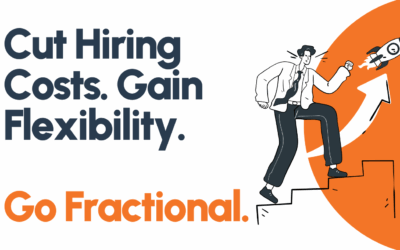How In-House Recruiters Can Make the Most of Hiring Slowdowns: 7 Strategies for Success
As we transition into Q2 of 2023, the scorching job market of the early months of 2022 feels like a distant memory. Companies are tightening their belts, with high profile layoffs becoming common. The scenario echoes the 2008 financial crisis, but experience tells us not to panic. Hiring, like a rubber band, always bounces back and often with vengeance. Many companies, however, find themselves ill-prepared for this resurgence.
To avoid this predicament, talent acquisition teams must utilise this slowdown as a strategic opportunity. This is the time to elevate skills, streamline processes and ensure your team is ready to win when hiring spikes again. Here are seven effective strategies to prep for the next hiring boom.
1. Cultivate Your Talent Pipeline
The quest for top talent is a marathon, not a sprint. In the absence of open positions, recruiters can engage with potential candidates and build genuine relationships without the usual pressures of immediate hiring.
The key is to maintain transparency about your current hiring situation while keeping the conversation exploratory. If candidates are open to staying in touch, usher them into a long-term nurture campaign that regularly shares personalised updates about your organisation.
2. Audit Your Tech Stack
One way to bolster your company’s bottom line during a hiring freeze is to scrutinise your recruitment tech. Assess the efficiency and adoption of each tool. For example: your applicant tracking system, sourcing platforms, email finders, and more. Discard inefficient tools and replace them with more effective alternatives.
3. Focus on Diversity
A slowdown is an ideal time to refine your diversity hiring efforts. Review past interviews for any biases and examine your hiring funnel. If underrepresented candidates drop out at certain stages or if some hiring managers consistently disqualify these candidates, address these issues. Unconscious bias training, inclusive job descriptions, or collaborating with external organisations can help.
4. Upgrade Your Team’s Skills
Use this quiet period to empower your team with new skills. Encourage team members to evaluate their competencies and design plans to plug gaps through learning and development. This could mean online courses, certifications, or industry-specific training programs.
5. Nurture Hiring Manager Relationships
Building strong relationships between recruiters and hiring managers is crucial for high performance in talent acquisition. By improving these relationships, you can significantly reduce time-to-hire and enhance the quality of hire. Understand the vision of your hiring managers and collect their feedback to better prepare for future hiring needs.
6. Follow Up With Recent Hires
Despite the temptation to focus on new tasks post onboarding, staying in touch with recent hires is critical. Checking in can help improve future recruiting efforts and promote retention among new hires.
7. Fortify Your Talent Brand
Assess your resources and identify what you need to weave a compelling narrative about your company.
Examples include: creating blog posts, videos, podcasts, or optimising your careers page for better engagement. A successful employee ambassador program can also be invaluable, as messages shared by employees can significantly outperform those shared by the company.
A slowdown in hiring can be challenging but also offers a unique opportunity to prove the value and relevance of your recruiting team. By implementing the strategies mentioned above, you can ensure your team is ready to rebound the moment the market does.
Transform these challenges into a success story.
Rent a Recruiter delivers award-winning outsourced recruitment services across IT, Engineering, Manufacturing, Construction, Finance, and Healthcare. With embedded recruiters, we provide seamless talent acquisition as your company scales.


